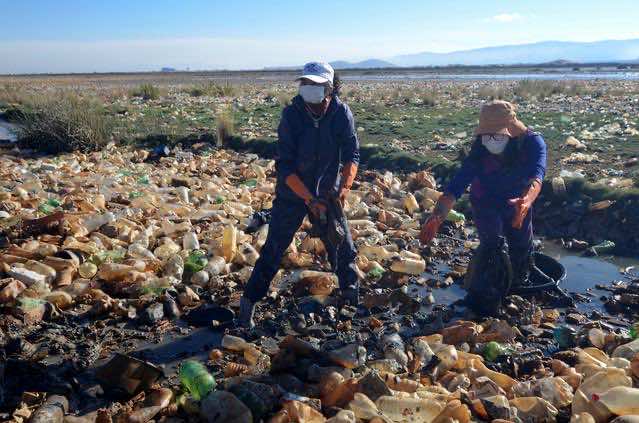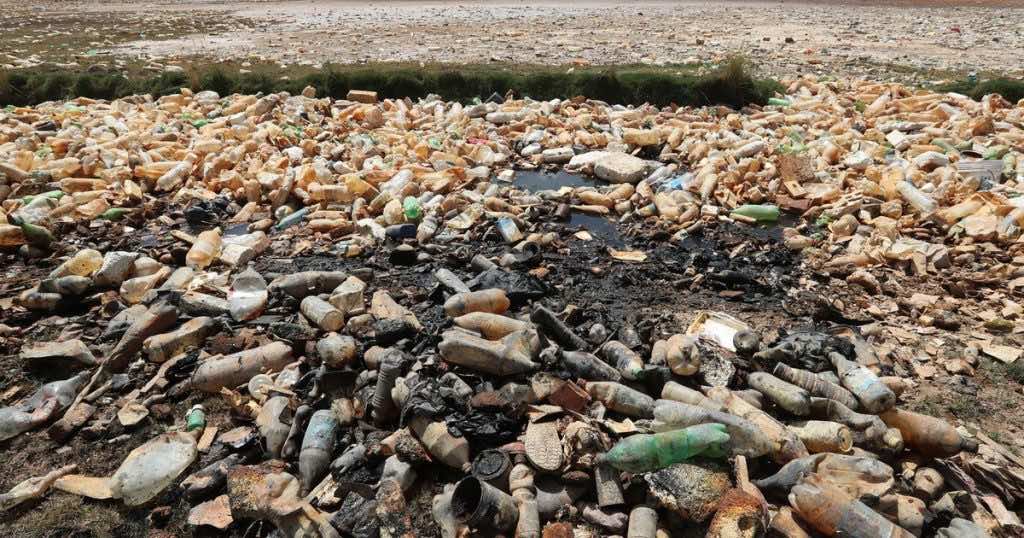Lake Uru-Uru is located in Bolivia, and a huge surface of it is now full of garbage, most of which is waste and plastic from close by mines.
On Thursday, March 25, Limber Sanchez, an ecologist with the regional Ecological Limber Sanchez, works with CEPA, addressed the media right at the lake to brief the trash constituents.
He said, “We are immersed with plastic trash,” with the dry lake bed full of garbage and other wastes in the background. “Other than the plastic, the landscape is being affected by acidic water that is released from San Jose Mine.”

Residents release their trash in Oruro and are carried via the Tagarate Canal, which leads to the lake. As far as the eye can look, there is a landscape filled with brown water with partial black components and a lot of plastic waste. In addition to plastic, there are metal remains in the lake, like cadmium, zinc, and arsenic.

A local, Vicente Ramos, who has lived in the area since childhood, recalls, “You were once able to fish in the lake; there were some species of birds in the region that are now gone due to the caused pollution.” Only a small fraction of the lake can support wildlife that was once present in all its glory.
Tributaries of Lake Titicaca feed Lake Uru-Uru and is situated close to Oruro, the Bolivian city of carnival fame, approximately 12000 ft. above sea level and 124 miles southeast of La Paz.
On a positive note, the national and local authorities have promised to take up this issue and clean the lake. Oruro Mayor David Choque said, “We will make the right efforts to make a better image of our area.”


